Introduction
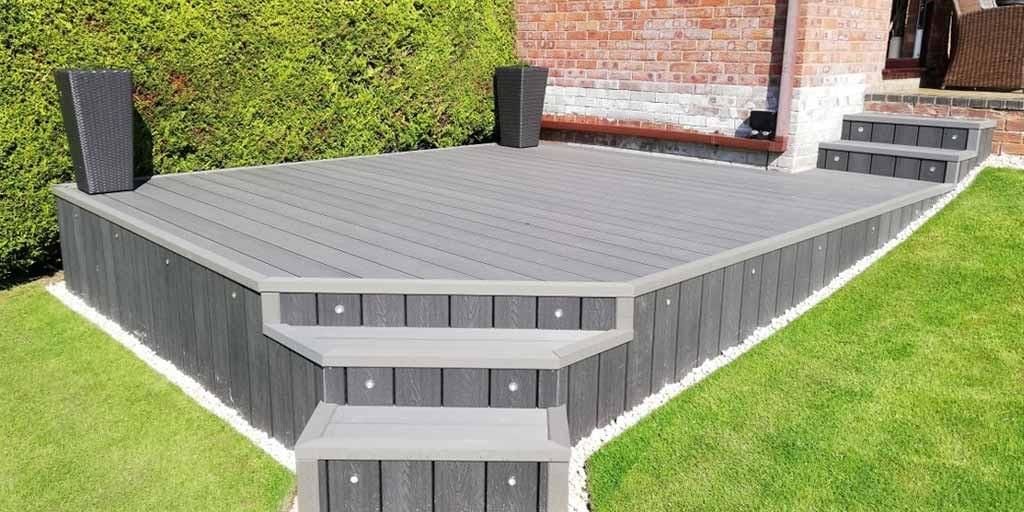
When it comes to enhancing outdoor living spaces, composite wood decking has become a popular choice among homeowners and builders alike.This innovative material offers a blend of durability, aesthetic appeal, and low maintenance that traditional wood decks often can't match. As outdoor decking options continue to evolve, understanding the benefits and features of composite wood is essential for making informed decisions about your next project.
Understanding Composite Wood Materials
Composite wood is an engineered material made from a combination of recycled wood fibers and plastic polymers, resulting in a product that mimics the look of natural wood while offering superior performance. This unique composition not only enhances the structural integrity but also ensures resistance to common issues like rot, splintering, and insect damage that can plague traditional wood decks. By utilizing composite materials, homeowners can enjoy the beauty of outdoor decking without the constant upkeep associated with conventional options.
Why Choose Composite Wood Decking?
Choosing composite wood decking means investing in a long-lasting solution for your outdoor space that requires minimal maintenance over time. Unlike regular wood decks that may need staining or sealing every few years, composite decking systems are designed to withstand the elements without compromising their appearance or functionality. Furthermore, many brands prioritize eco-friendly practices by using recycled materials in their products, making composite wood an attractive choice for environmentally-conscious consumers.
The Evolution of Outdoor Decking
The world of outdoor decking has seen significant advancements over the years as new materials and technologies have emerged to meet consumer demands for durability and sustainability. From traditional hardwoods to modern PVC decking options, each evolution has aimed to improve performance while maintaining aesthetic appeal. Today’s best decking solutions incorporate innovative designs and materials like composite wood, which combine style with practicality—proving that you don't have to sacrifice one for the other.
What Is Composite Wood?
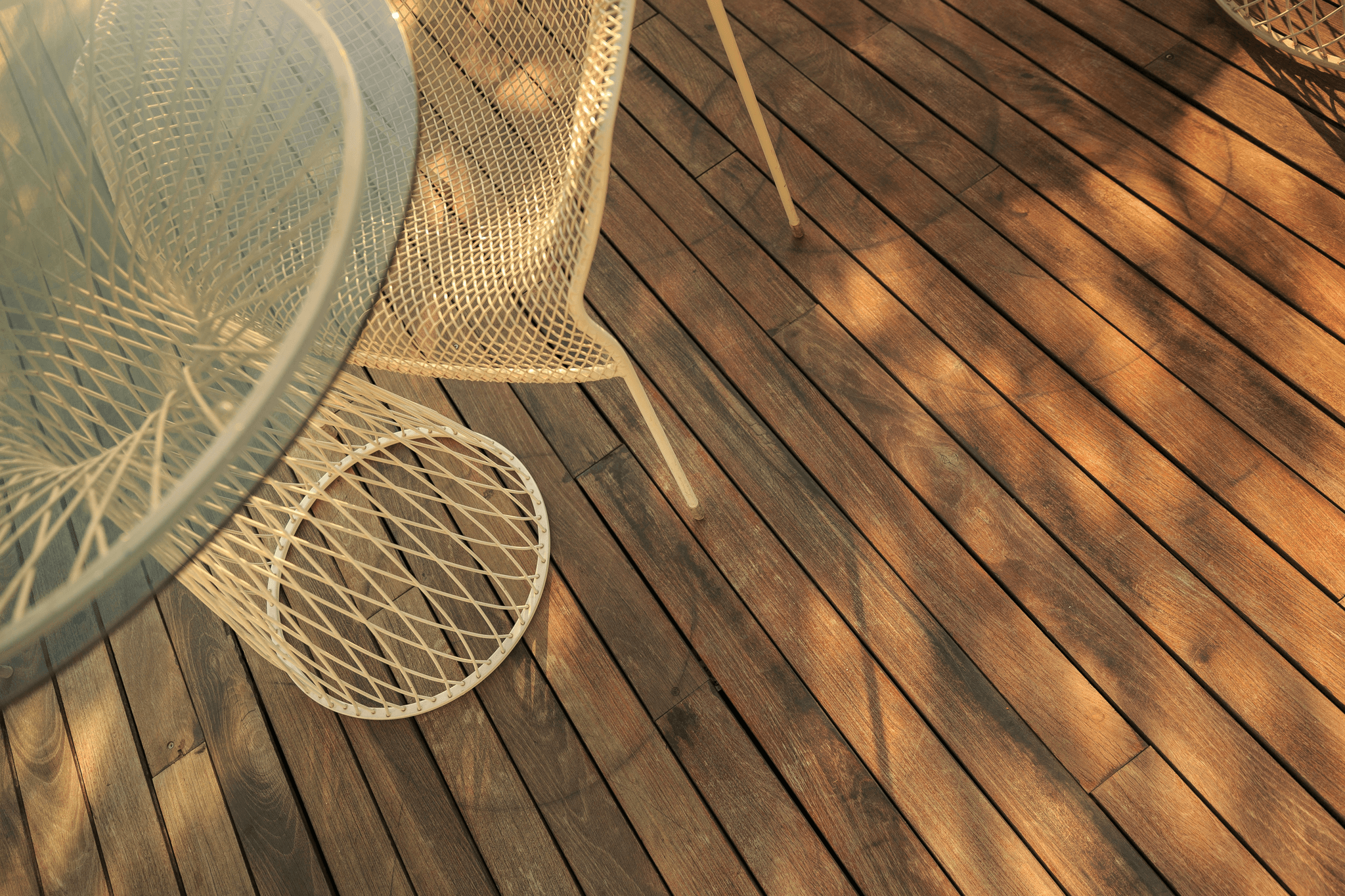
Composite wood is a modern marvel in the world of construction and outdoor living. It combines various materials, typically wood fibers and plastic, to create a durable and versatile product that excels in many applications. This fusion results in composite wood decking that provides the aesthetic appeal of traditional wood decks without the drawbacks associated with them.
Defining Composite Wood and Its Components
At its core, composite wood is made up of a blend of recycled wood fibers and high-density polyethylene (HDPE) or other plastics. This unique combination not only enhances strength but also helps resist moisture, mold, and insects—issues that often plague traditional wood decks. The result is a material that can withstand the elements while maintaining its beauty for years to come.
Common Uses of Composite Wood in Construction
Composite wood has found its niche in various construction applications beyond just outdoor decking. It's commonly used for railings, fences, furniture, and even interior elements like wall panels due to its versatility and durability. With an increasing emphasis on sustainable building practices, composite materials are becoming a go-to choice for both residential and commercial projects.
How Composite Wood Differs from Traditional Wood
One of the most significant differences between composite wood and traditional wood lies in their maintenance requirements. While natural wood decks require regular staining or sealing to prevent deterioration, composite decking installation offers a low-maintenance alternative that resists fading and staining without constant upkeep. Additionally, unlike traditional woods which can warp or crack over time, composite materials maintain their structural integrity under varying weather conditions—making them an ideal choice for outdoor decking enthusiasts.
Advantages of Composite Wood Decking

Composite wood decking has gained popularity for a variety of reasons, making it a top choice for outdoor spaces. Homeowners and builders alike appreciate its unique blend of aesthetics and functionality, which can elevate any deck project. Let’s dive into the key advantages that make composite wood decking an excellent option compared to traditional wood decks.
Durability and Longevity of Composite Decking
One of the standout features of composite wood decking is its remarkable durability. Unlike traditional wood decks that can warp, crack, or splinter over time, composite materials are engineered to withstand the elements without losing their charm. This longevity means you won’t have to worry about frequent replacements or repairs, making it one of the best decking options available.
Moreover, composite wood is resistant to moisture and pests, which are two significant culprits in deck deterioration. This resistance ensures that your outdoor decking remains intact through rainstorms and pest invasions alike. Ultimately, investing in composite decking installation means enjoying your outdoor space without the constant upkeep associated with natural wood.
Low Maintenance Compared to Wood Decks
Unlike traditional wood decks that require regular staining or sealing to maintain their appearance, composite materials only need occasional cleaning with soap and water. This low-maintenance nature allows you more time to enjoy your deck rather than spending weekends on upkeep.
Additionally, because composite decking is designed not to fade or discolor over time like many natural woods do, you can count on its consistent look year after year. With no need for sanding or refinishing every few seasons, you’ll save both time and money in the long run—who doesn’t love that? For homeowners seeking hassle-free outdoor solutions, choosing composite over traditional wood decks is a no-brainer.
Eco-Friendly Aspects of Composite Wood
In today’s environmentally conscious world, many people are looking for sustainable building materials—and here’s where composite wood shines! Made from recycled materials such as plastic and reclaimed wood fibers, this innovative product minimizes waste while providing a stunning finish for your outdoor spaces. Choosing eco-friendly products like composite decking systems contributes positively to reducing your carbon footprint.
Moreover, opting for composite over PVC decking helps conserve natural resources by reducing deforestation rates associated with harvesting timber for traditional lumber products. You get all the beauty of natural-looking outdoor decking while supporting sustainability efforts at the same time! So when you invest in composite wood decking, you're not just enhancing your home; you're also playing a part in protecting our planet.
Disadvantages of Composite Wood Decking
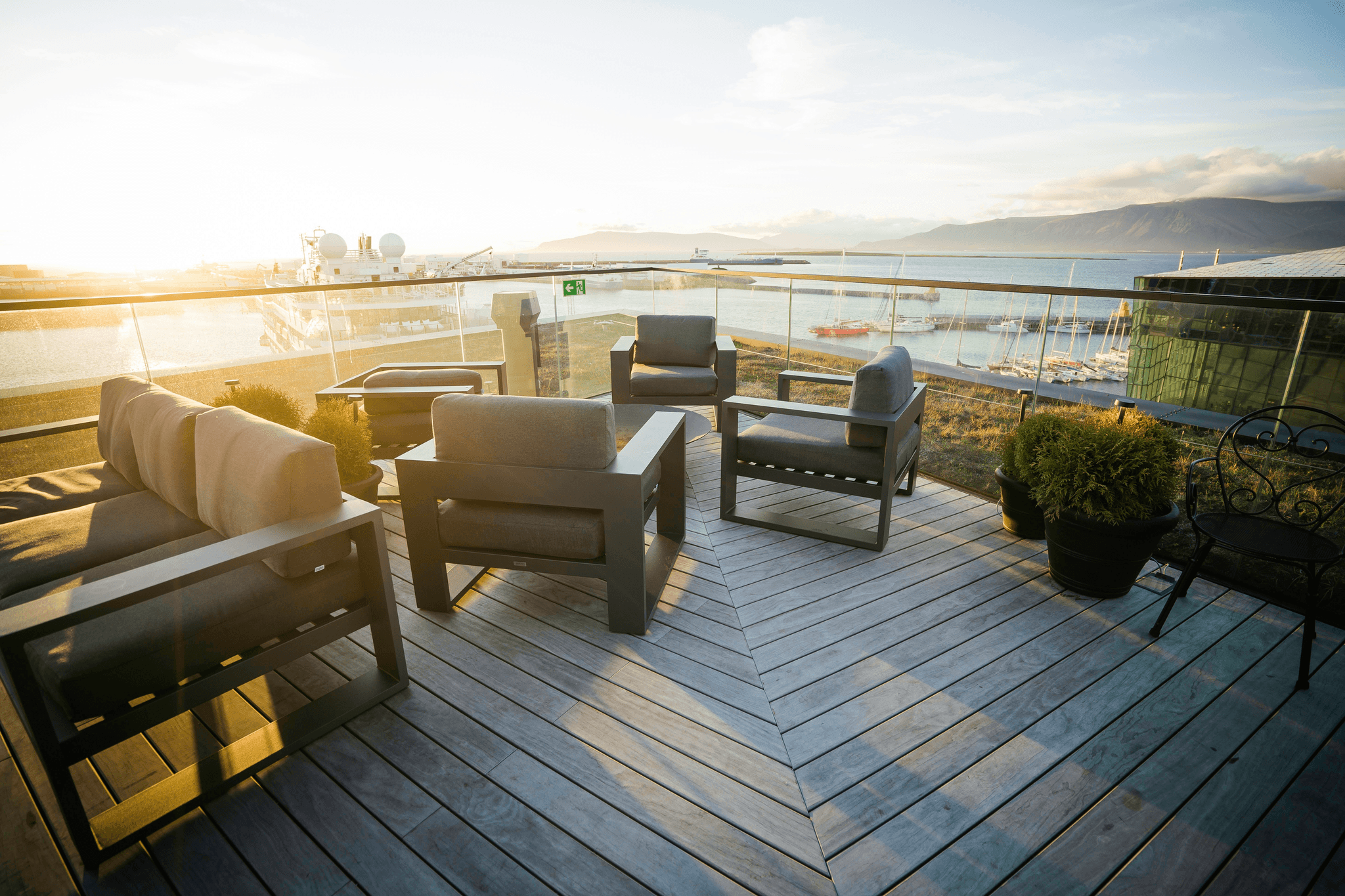
While composite wood decking offers numerous advantages, it’s essential to consider some potential drawbacks before making a decision. Understanding these disadvantages can help homeowners make informed choices about their outdoor decking options. In this section, we’ll explore cost considerations, aesthetic differences from natural wood, and heat retention issues associated with composite decking.
Potential Cost Considerations
One of the primary disadvantages of composite wood decking is its initial cost. While it may save you money in the long run due to lower maintenance and durability, the upfront investment can be significantly higher than traditional wood decks. Homeowners should weigh this initial expense against the longevity and reduced upkeep of composite materials when planning their budget for decking systems.
Additionally, while prices vary based on brand and quality, some high-end composite options can rival or exceed the costs of premium hardwoods. This makes it crucial for buyers to shop around and compare different brands to find what best fits their budget without compromising on quality. Ultimately, understanding your financial parameters will help in deciding whether composite wood is indeed a worthy investment for your outdoor space.
Aesthetic Differences from Natural Wood
Another consideration when choosing composite wood is its aesthetic appeal compared to natural wood decks. While many manufacturers strive to replicate the look of real wood through various textures and colors, some homeowners feel that composites lack the warmth and character inherent in traditional lumber. If you're after that classic wooden deck vibe, you may find yourself yearning for the unique grains and hues that only real wood can provide.
Moreover, over time, even high-quality composite materials may fade or change color due to exposure to sunlight and weather conditions—something that naturally aged wood often does beautifully with time. This difference in aging can affect how well your outdoor decking complements your home’s overall design aesthetic as well as its surroundings. Therefore, if visuals are a top priority for your project, weigh how much value you place on aesthetics versus practicality.
Heat Retention and Temperature Concerns
Heat retention is another factor worth considering when opting for composite wood decking over traditional alternatives like PVC decking or natural woods. Composite materials tend to absorb heat more than conventional woods; thus walking barefoot on a hot summer day might not be as pleasant an experience as you’d hoped! If your deck is situated in direct sunlight throughout most of the day, expect it to get quite warm underfoot.
This characteristic could deter some homeowners from fully enjoying their outdoor spaces during peak sun hours—especially those with children or pets who love frolicking outside without shoes! To mitigate this concern, consider installing shade structures or using lighter-colored composites designed specifically to reflect heat better than darker options available in most decking systems today. Balancing comfort with style is key when making choices regarding your new outdoor living area.
Composite Wood Versus PVC Decking
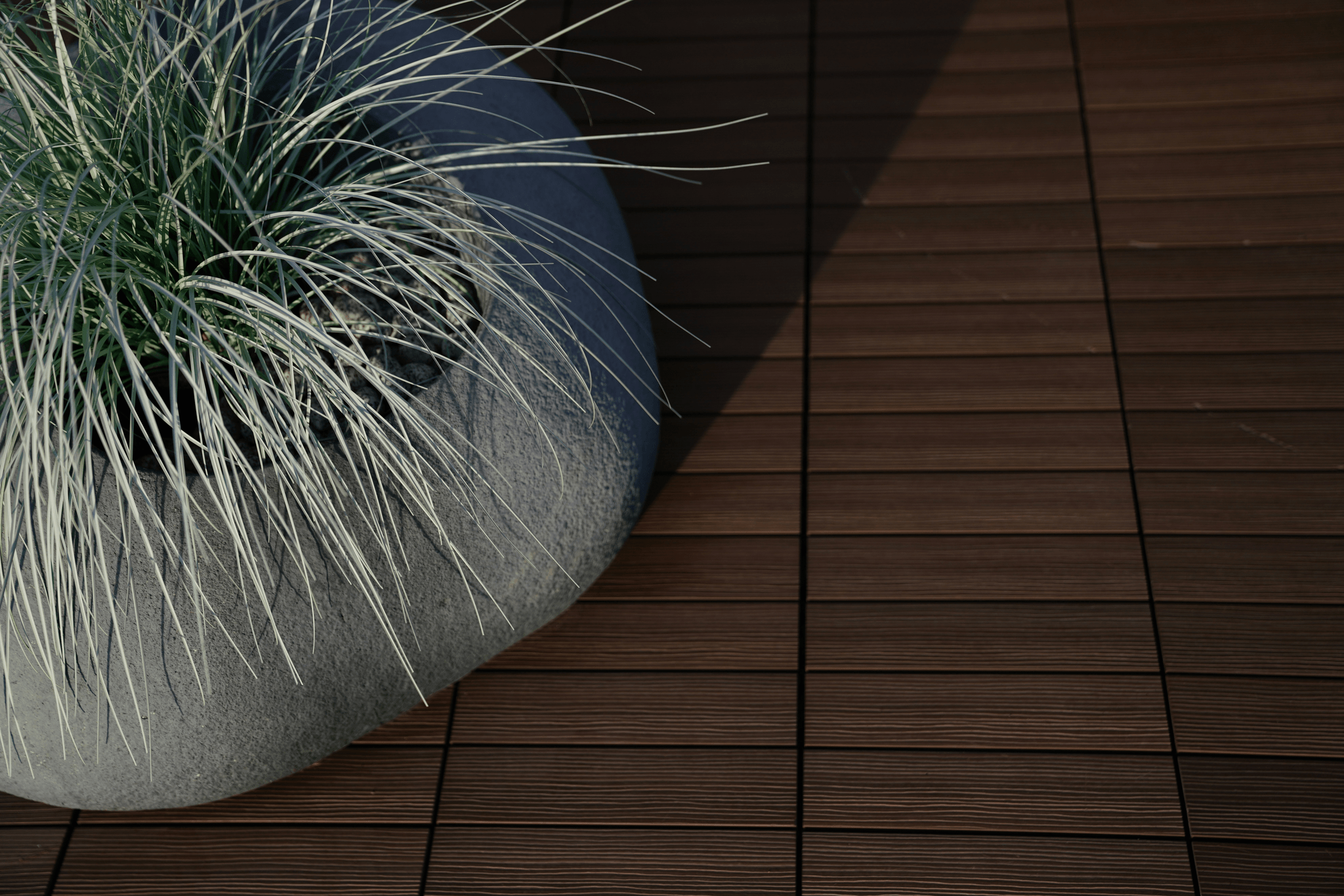
Key Differences Between Composite and PVC
Composite wood is primarily made from a blend of recycled wood fibers and plastic, giving it a natural look while enhancing durability. In contrast, PVC decking is composed entirely of polyvinyl chloride, resulting in a more uniform appearance but less texture. While both materials are designed to withstand the elements better than traditional wood decks, composite wood often offers greater resistance to fading and scratching due to its mixed composition.
Pros and Cons of PVC Decking Systems
PVC decking systems boast several advantages, including their resistance to moisture, mold, and insects—making them an appealing option for humid climates. They are also lightweight and easy to install compared to composite wood options; however, their lack of natural texture can make them feel less inviting or warm underfoot. Additionally, while they require minimal maintenance like composite decks do, some homeowners may find that PVC decking can become quite hot in direct sunlight.
Choosing the Right Material for Your Build
Selecting between composite wood and PVC decking ultimately depends on your specific project requirements and personal tastes. If you're looking for something that closely resembles traditional wood decks while offering enhanced durability and eco-friendliness, composite wood might be your best bet. On the other hand, if low maintenance and moisture resistance are top priorities for your outdoor space—especially in wet climates—then investing in PVC decking could be the way to go.
Tips for Composite Decking Installation
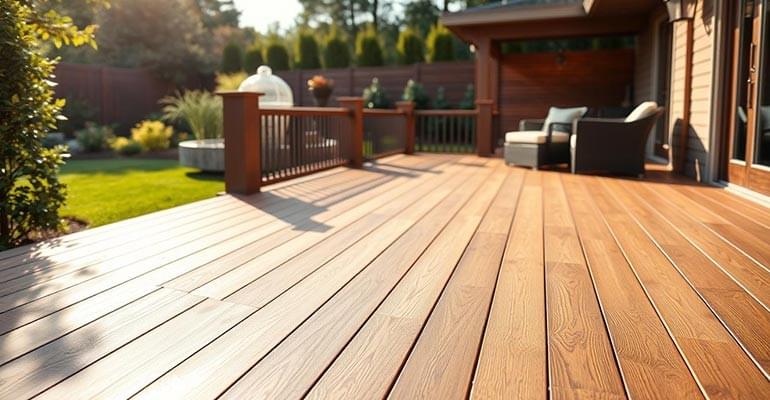
Installing composite wood decking can be a rewarding project, transforming your outdoor space into a beautiful and functional area for relaxation and entertainment. To ensure a seamless process, it’s essential to follow specific steps that cater to the unique characteristics of composite materials. With the right preparation, tools, and maintenance plan in place, you’ll enjoy your new decking systems for years to come.
Steps for Installing Composite Wood Decking
The first step in the installation of composite wood decking is to prepare your site properly. Begin by clearing the area of any debris or existing structures while ensuring that the ground is level and well-drained. Next, install a sturdy frame using pressure-treated lumber or metal joists as your base; this will provide critical support for your composite boards.
Once your frame is in place, lay down a moisture barrier if necessary to protect against water damage. Start laying the composite boards perpendicular to the joists, leaving adequate gaps between each board for expansion and drainage—this is crucial for maintaining durability over time. Finally, secure each board with hidden fasteners or screws designed specifically for composite wood decking to achieve a clean finish.
Tools You’ll Need for the Installation
Having the right tools on hand can make all the difference in achieving a flawless installation of your composite wood decking. Essential tools include a circular saw or miter saw for cutting boards accurately, along with measuring tape and chalk line to ensure straight cuts and proper spacing between boards. Additionally, you’ll need power drills with bits suitable for both wood and metal if you're using metal framing.
Don’t forget about safety equipment! A good pair of safety goggles will protect your eyes from flying debris while you work with cutting tools. Other handy items include clamps to hold materials steady during installation and a level tool to check that everything is even—after all, nobody wants an unbalanced deck!
Maintenance Tips Post-Installation
Once you've installed your new composite wood decking, it’s important not to neglect its upkeep; after all, proper maintenance can extend its lifespan significantly! Regular cleaning is key—use soap and water along with a soft-bristle brush to remove dirt or debris without damaging the surface of your deck boards. Avoid harsh chemicals that could compromise their integrity over time.
Another tip is to inspect your deck periodically for signs of wear or damage; this includes checking fasteners and ensuring there are no loose boards or areas where moisture may accumulate. If you notice any problems early on, addressing them promptly can prevent more extensive repairs later down the line—a little attention goes a long way! Lastly, consider applying protective coatings designed specifically for composite materials every few years; this will help maintain color vibrancy while shielding against UV rays.
Conclusion
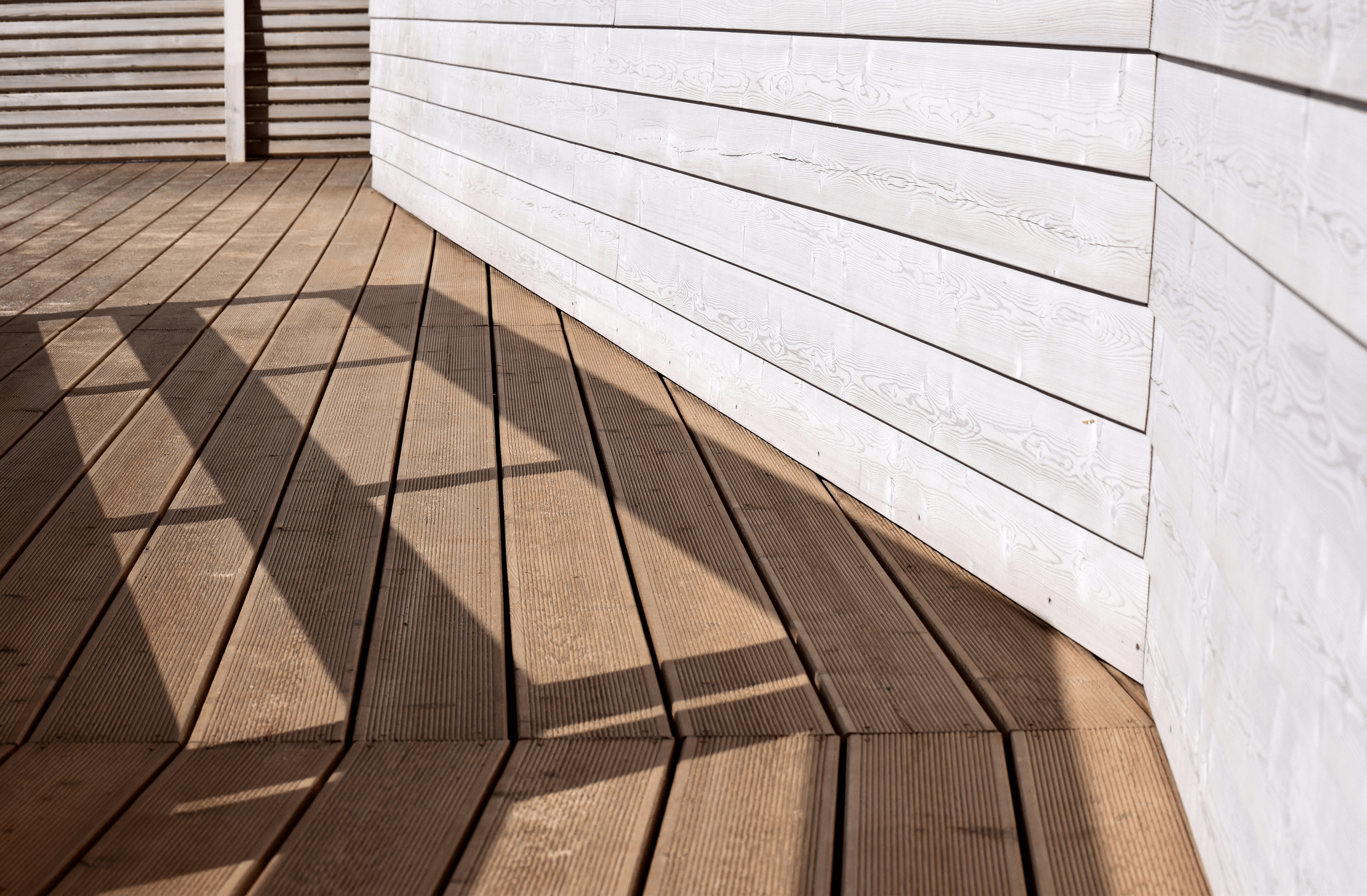
In the world of outdoor decking, composite wood decking stands out as a worthy investment for homeowners seeking durability and style. Unlike traditional wood decks that require constant upkeep, composite wood offers a long-lasting solution that enhances your outdoor space while minimizing maintenance efforts. With its eco-friendly properties and versatility, choosing composite wood could be one of the best decisions for your decking systems.
Composite Wood: A Worthy Investment?
When considering the best decking options available today, composite wood emerges as a frontrunner due to its impressive resilience against weathering and pests. This material not only withstands the test of time but also retains its aesthetic appeal with minimal effort from you. Investing in composite wood means fewer repairs and replacements down the line, making it a financially savvy choice for any homeowner.
Balancing Pros and Cons for Your Project
While there are undeniable advantages to using composite wood in your outdoor decking project, it's essential to weigh these benefits against potential downsides like initial costs or aesthetic differences from natural wood. Understanding these factors can help you make an informed decision tailored to your unique needs and preferences. Ultimately, striking a balance between pros and cons will lead you to the right choice for your home.
Trusted Partners: Composite Decking Inc for Your Needs
If you're ready to embark on your journey towards beautiful outdoor spaces, look no further than Composite Decking Inc as your trusted partner in this endeavor. With their expertise in composite decking installation and commitment to quality materials, they can help you create an inviting atmosphere that enhances your lifestyle. Don’t settle for less; choose Composite Decking Inc to ensure that your investment in composite wood decking pays off beautifully.
